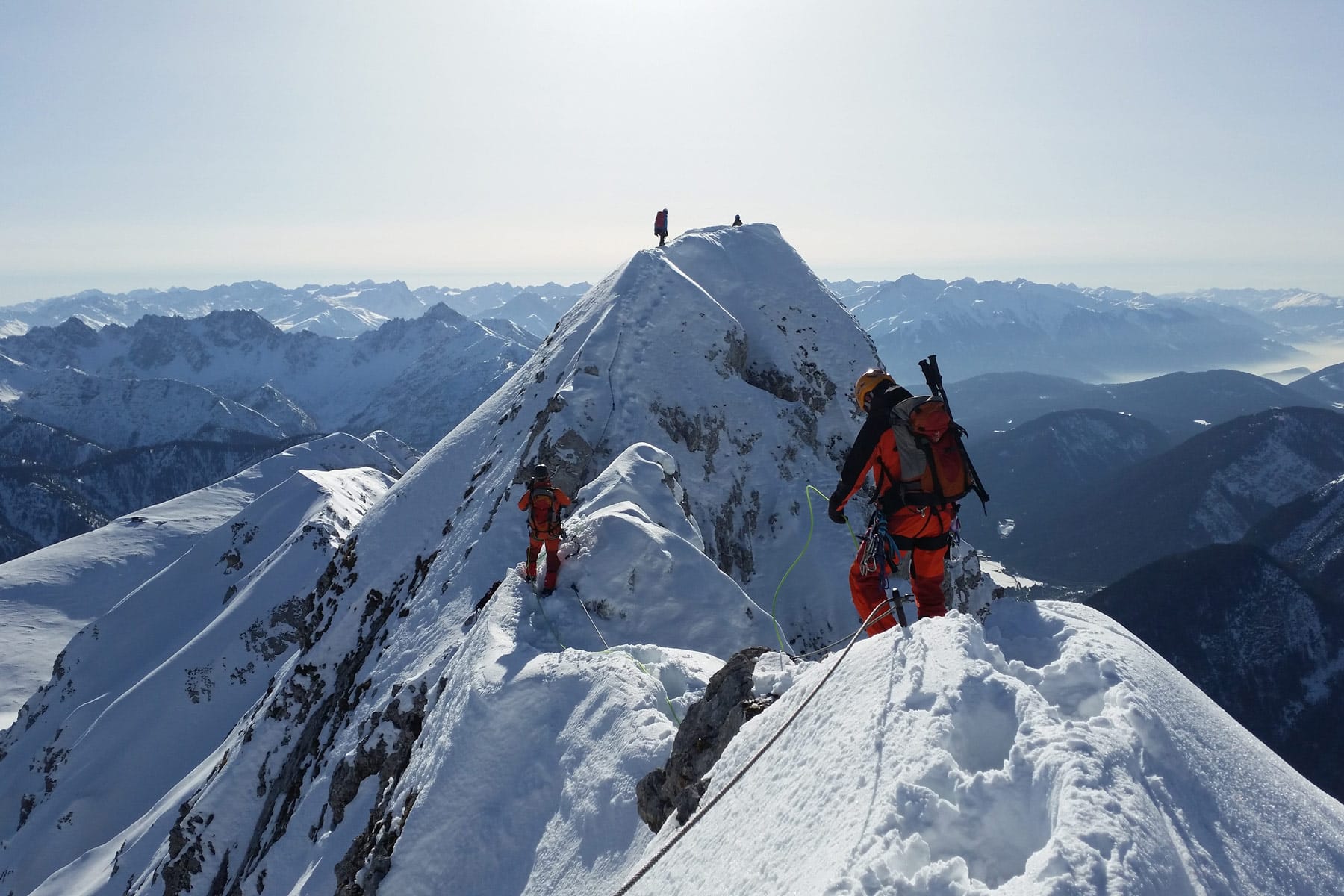What’s more depressing than having your clothes wet? Being a child living in Cornwall, UK, which is home to an average of 156 days of rain per year, as well as a tendency to provide all four seasons in one day, I’ve had my fair share of dog walks in the rain along with thru-hikes and bicycle rides. If I stayed inside each time the weather got awful, then I’d never leave so a waterproof jacket that is well-made is now an essential item in my wardrobe.
All waterproof jackets aren’t made equally. For instance, while an open-back poncho could suffice for a rainy event, however, it’s not going to assist in a mountain storm. This is what you must look at.
The difference is what’s between waterproof and water-repellent?
If you’re looking for proper protection against the elements, buy clothing that is waterproof and not just water-resistant. Waterproof clothing can offer protection against light showers but lets water in very quickly.
The waterproof jacket will stand against more extreme conditions, but if you do not buy one that’s breathable, you’ll get an accumulation of moisture on the inside of the coat instead. When you’re exercising hard, this will still leave you sweaty and uncomfortable. If you are looking for a garment with a waterproof membrane is a great method to make sure it’s air-tight and lets moisture go away. You’ve probably heard of Gore-Tex, the most famous waterproof membrane available. Arcteryx jacket has Gore-Tex membrane incorporated in it, which makes it perfect for hiking. It functions by using tiny pores that aren’t big enough to prevent drops of rain from getting into your jacket, but big enough to let your sweat evaporate. Gore-Tex isn’t the only waterproof membrane on the market these days, and many outdoor brands are now offering their own version.
If your jacket’s not as water-resistant as it was in the past, the good thing is that you don’t necessarily have to purchase a new jacket. A durable water-repellent coat (DWR) has been applied to the exterior of a waterproof or water-resistant jacket. When your jacket starts to lose its impermeability, it’s simple to apply a DWR yourself. To see if your jacket requires the DWR refill, wash it with water and observe whether the water beads up and falls off. If it does, you’re fine. If it’s causing damp, dark patches of fabric, it’s time to get a DWR replenishment item and recoat your coat.
What is the best way to know what degree of protection a waterproof jacket can provide me?
There’s a handy scale that can be used, and many retailers will include an appropriate waterproof rating beside their jackets. The minimum is 5,000mm of waterproofing required for a jacket to be considered waterproof and not merely water-resistant, but it won’t stand for much more than light showers and drizzle. 10,000mm-15,000mm will withstand most downpours. Anything from 20,000mm upwards is for really severe deluges or extreme conditions but the jackets are generally much heavier.
What type of fit should I look for?
As you’re likely to be moving around in only a bikini and a waterproof jacket, you should choose a jacket that allows enough room to layer. For three-season hiking, it’s a good idea to get a waterproof jacket that lets you wear a base coat and an under-layer of a down jacket should suffice, however, if you’re partaking in winter mountaineering, it’s best to have something larger to allow you to layer.

What other features can be useful?
Find jackets that have taped seams. This means that the inside seams are sealed to prevent the water from entering through the tiny holes. Storm flaps are another practical additional feature: flaps outside that cover jacket zips and are another open area where rain can enter. Personally, for the majority of excursions, I’d prefer wearing a rain jacket that has an elevated hood. This keeps the rain out of your eyes, while jackets with a drawstring hood let rain trickle down your face.

